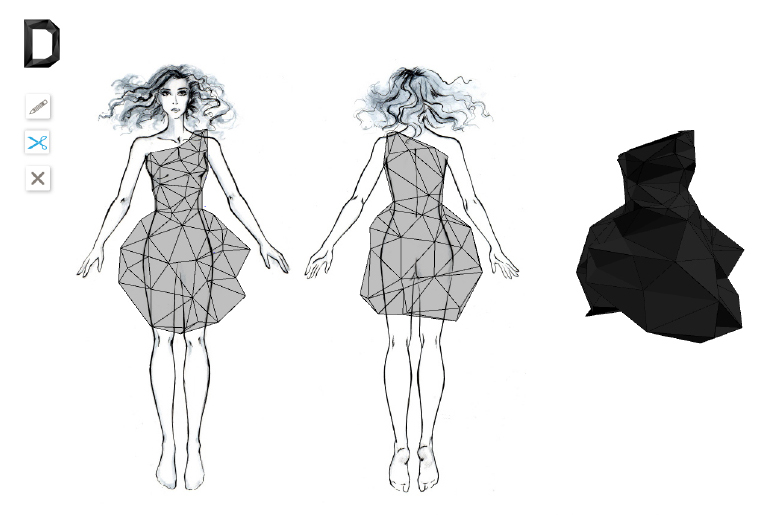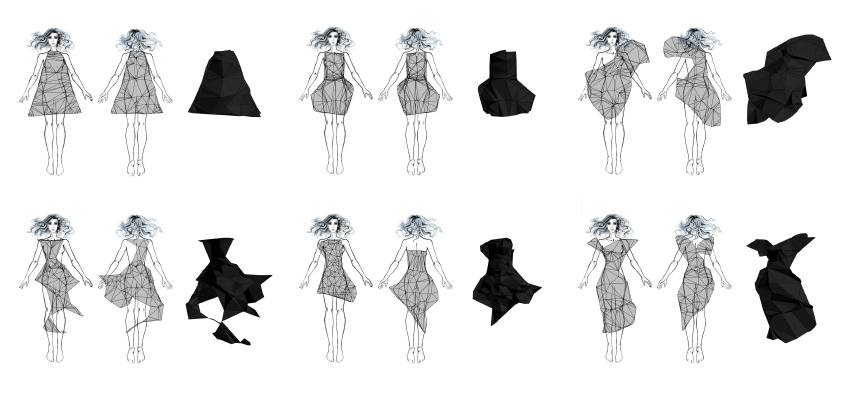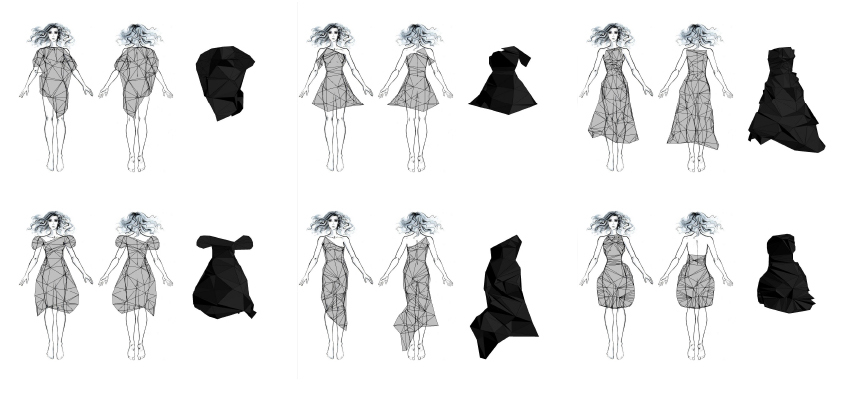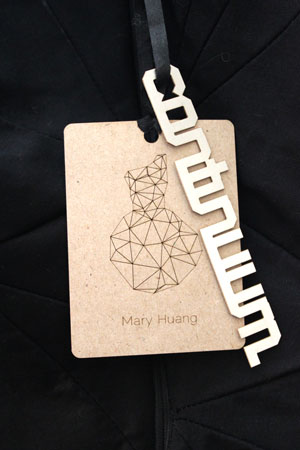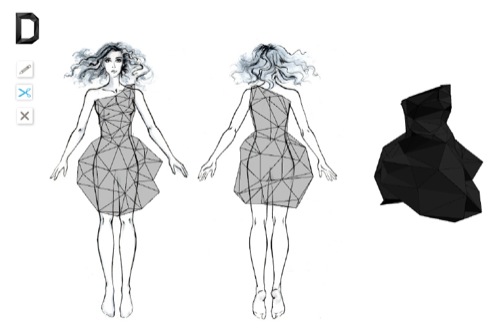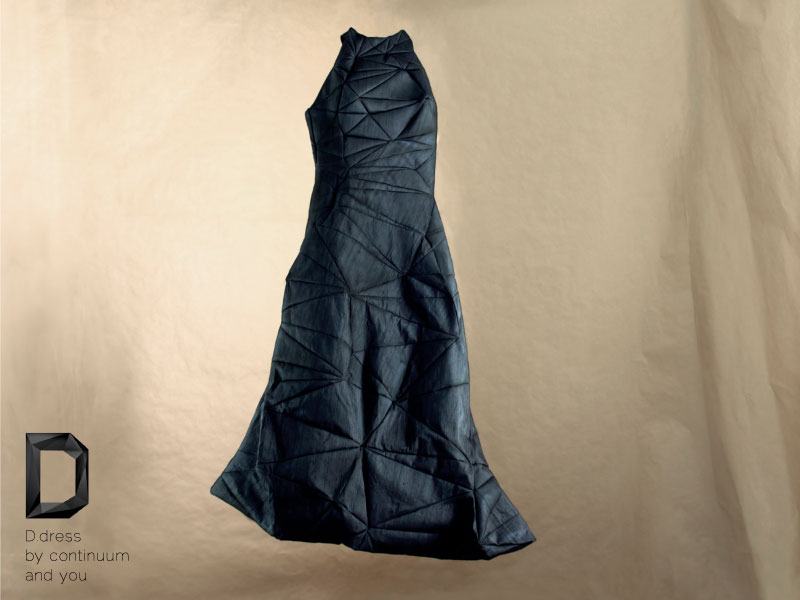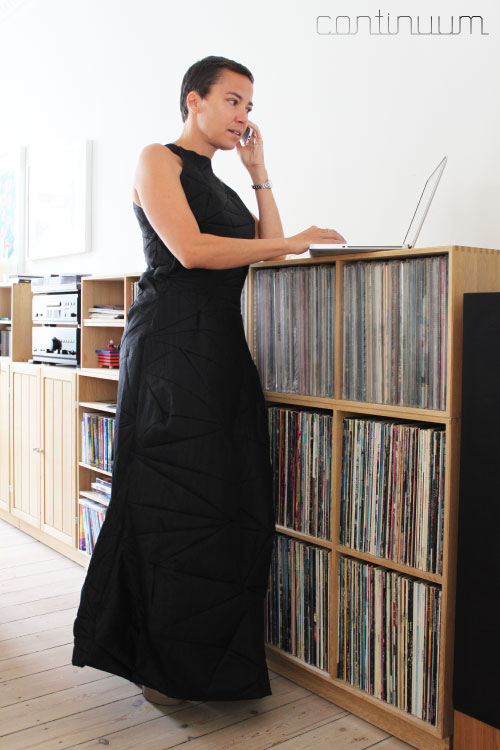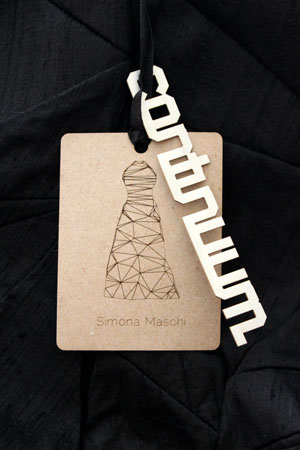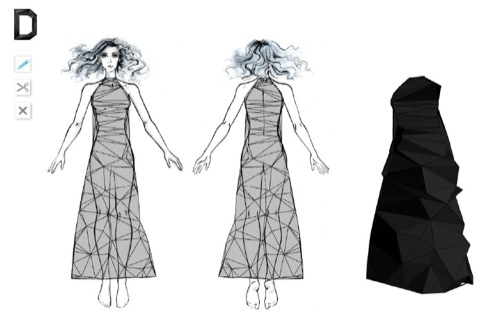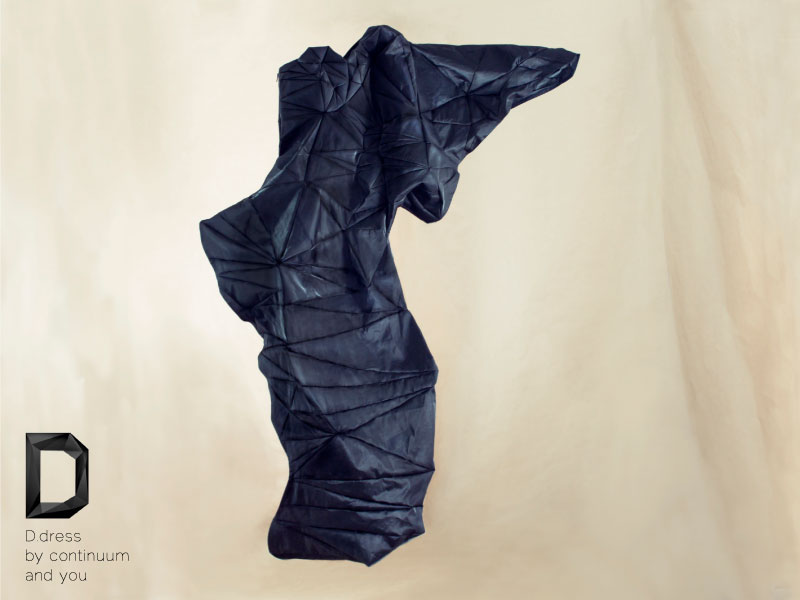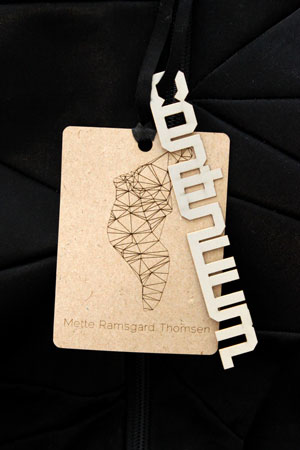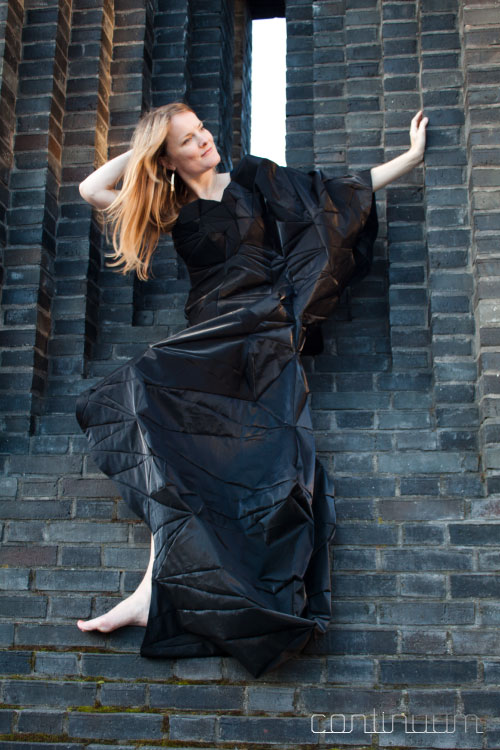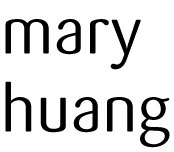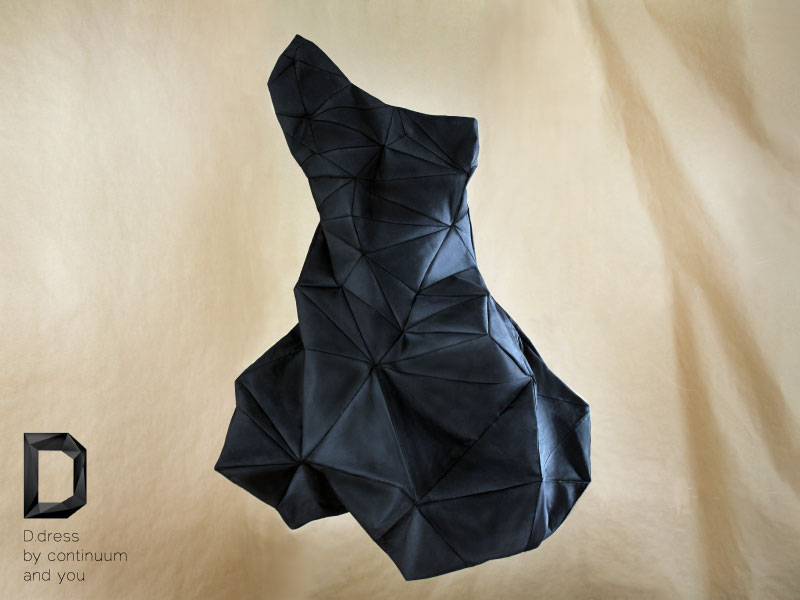
CONTINUUM
computational couture
The future of fashion, and the future of consumer products in general, lies not only in more advanced technologies and materials, but also in reevaluating the very infrastructure of design, manufacture, and retail. By blending rapid fabrication, interactive software, and the accessibility of the web, we can let individuals participate directly in the design and production process.
Try it online at continuumfashion.com
Concept
With computational design there is the opportunity to not only create beautifully intricate forms, but to define a design according to its governing processes and user interactions. This project sought to mediate between the avant-garde and ready-to-wear, between individual users and a designer's vision. Could we use technology to democratize haute couture? Could we let people design their own dress, and still maintain a cohesive, recognizable design?
Computational couture captures this philosophy and applies it toward solving the persistent problem of standardized sizing in ready-to-wear. CONTINUUM is a concept for a web-based fashion label in which designs are user-generated using custom software and made to order to your personal measurements. Its seminal collection is a deconstruction of the classic little black dress. Software allows you to "draw" a dress and converts it into a 3D model, which is turned into a flat pattern that can be cut out of fabric and sewn into the dress. Not only can the physical dress be purchased through the label, but the cutting patterns are downloadable free of charge for those who would rather devote the time to making their own. With design encompassing a continuous user experience, we can inspire changing attitudes and behaviors of mass consumption.
Design
The design, dubbed "D.dress", was conceived in parallel with developing the software. "D.dress" is a computational deconstruction of the little black dress, as it constructs a dress out of triangle planes. Thus all adjustments in as necklines, skirt length, sleeves and silhouettes are achieved by the addition and subtraction of triangles. To design a dress with the software, the user simply uses the mouse to draw onto a base mannequin image. The points you draw are translated into triangles by a simple Delaunay triangulation. These flat triangles are transformed into 3D by extruding the vertices based on their y-position. For every 'y' position, a 'z' coordinate is calculated based interpolating between body measurements, with the addition of an amount of randomness for visual appeal.
This design approach of using triangles came out of both consideration for aesthetics as well as acknowledgement of limitations. While 3D scanning would have been most appropriate to create a digital mannequin of a person's body, this is not readily accessible. Instead, taking 20 body measurements is the standard in fashion design to insure fit, and does function as an incredibly low resolution body scan. This lo-res approach carries over to the fact that simulating cloth in the computer requires thousands of triangles. There exist many types of industry software made for fashion designers to design in 3D that try to simulate cloth, but they are not widely used because the cloth simulation is never good enough to inspire faith in how the design will look. So, I took the opposite approach of not trying to simulate cloth digitally at all, but rather chose a technique that makes cloth seem more digital. Lo-res triangular models are more abstract, but this abstraction prompts people to imagine what the resulting dress would look like rather than expect an exact rendition of the screen image. The triangulation also insures that almost any drawing will produce an interesting form, and in fact produces good meshes from mere scribbles. This allows a great ease of use as you can design an avant-garde dress in under a minute, without any skill in drawing.
In designing an application that would allow people to create 3D models by drawing, I focused on simplicity and minimal amount of options and controls. While 3D software has become common in the architecture and design professions, people in general do not use such software or naturally think in three dimensions, and mainly respond to the front facing image as reference for their design.
In this design method, the design of the dress is the software, and the collection is an infinite, continuously expanding set of individually generated models.
Process
The software application was created in Processing. The generated dress models can be exported as .obj files. While you could export the flat triangles directly from the application, for production it was not favorable to have hundreds of individual triangles that have to be cut and pieced together. The code could be optimized in a number of ways for better streamlining of digital production practice, but I prioritized refining interaction design and producing finished models over heavy immersion into computer science problems. Therefore, for the prototype pieces, I imported the .obj files into Blender, and then was able to fix stray triangles and export flat patterns using the UV unwrap.
I completed 3 dresses for the prototype line, in three different materials: cotton poplin, silk dupioni, and a synthetic nylon blend. One dress I designed for myself; the other two were designed by individuals using the software.
Further Steps: The complete concept for CONTINUUM is a web-based application in which people could create user accounts to save their measurements, create and save designs, purchase the physical dress, or download the cutting pattern for their design. This would require the current application to be re-implemented in javascript, using WebGL for the 3D component. Continual development of this project is planned.
